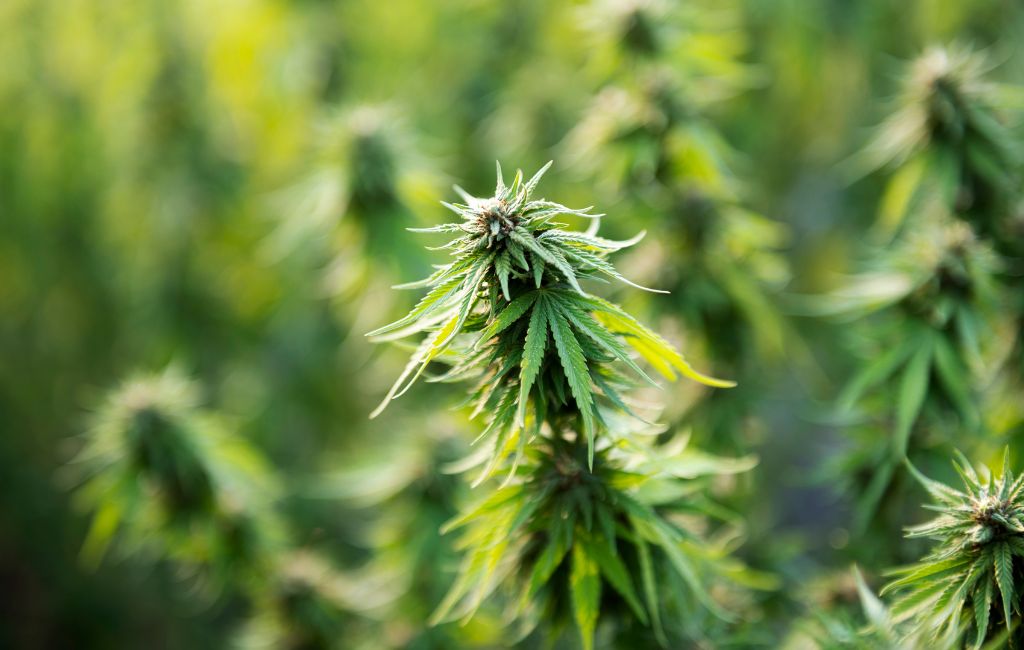The interaction between cannabis and the human body is a fascinating subject that has garnered significant attention in recent years. This interaction is primarily mediated through cannabis receptors, which play a pivotal role in the effects of cannabis on the body. This article explores the science behind cannabis receptors, their response to cannabinoids, and the implications for health and wellness.
The Endocannabinoid System: An Overview
The endocannabinoid system (ECS) is a complex cell-signaling system identified in the early 1990s. It plays a crucial role in regulating a range of functions and processes, including sleep, mood, appetite, memory, and reproduction. The ECS is composed of three core components:
- Endocannabinoids
- Receptors
- Enzymes
Endocannabinoids are molecules produced by the body that bind to cannabinoid receptors. These receptors are found throughout the body and are involved in various physiological processes.
Types of Cannabinoid Receptors
There are two main types of cannabinoid receptors: CB1 and CB2. Each type has distinct functions and locations within the body.
CB1 Receptors
CB1 receptors are primarily located in the brain and central nervous system. They are responsible for the psychoactive effects of cannabis. When cannabinoids like THC bind to CB1 receptors, they can influence mood, memory, and pain perception.
CB2 Receptors
CB2 receptors are mainly found in the peripheral nervous system, particularly in immune cells. They play a role in modulating inflammation and immune response. The interaction of cannabinoids with CB2 receptors is being studied for potential therapeutic applications in conditions such as autoimmune diseases and chronic pain.
How Cannabinoids Interact with Receptors
Cannabinoids, such as THC and CBD, interact with the ECS by binding to cannabinoid receptors. This interaction can produce a variety of effects, depending on the type of receptor and the location in the body.
THC and Its Effects
THC, or tetrahydrocannabinol, is the primary psychoactive compound in cannabis. It binds strongly to CB1 receptors, leading to the characteristic “high” associated with cannabis use. THC’s interaction with CB1 receptors can also affect pain, appetite, and mood.
CBD and Its Modulatory Role
CBD, or cannabidiol, is another major cannabinoid found in cannabis. Unlike THC, CBD does not produce psychoactive effects. It has a low affinity for both CB1 and CB2 receptors but can modulate their activity indirectly. CBD is known for its potential therapeutic benefits, including anti-inflammatory, analgesic, and anxiolytic effects.
Research and Case Studies
Numerous studies have explored the interaction between cannabinoids and receptors, shedding light on potential therapeutic applications.
Chronic Pain Management
Research has shown that cannabinoids can be effective in managing chronic pain. A study published in the Journal of Pain found that patients using cannabis reported a significant reduction in pain levels. This effect is attributed to the interaction of cannabinoids with CB1 and CB2 receptors, which modulate pain perception and inflammation.
Anxiety and Depression
CBD has been studied for its potential to alleviate symptoms of anxiety and depression. A review in Neurotherapeutics highlighted CBD’s ability to interact with serotonin receptors, which may contribute to its anxiolytic effects. Patients using CBD have reported improvements in mood and reduced anxiety levels.
Statistics and Trends
The growing interest in cannabis and its therapeutic potential is reflected in recent statistics. According to a report by Grand View Research, the global legal marijuana market size was valued at USD 9.1 billion in 2020 and is expected to expand at a compound annual growth rate (CAGR) of 26.7% from 2021 to 2028. This growth is driven by increasing acceptance of cannabis for medical and recreational use.
Conclusion
The interaction between cannabis receptors and cannabinoids is a complex and dynamic process that holds significant promise for medical applications. Understanding the role of CB1 and CB2 receptors in mediating the effects of cannabinoids can lead to more targeted and effective treatments for a range of conditions. As research continues to evolve, the potential for cannabis in health and wellness remains a topic of great interest and exploration.
